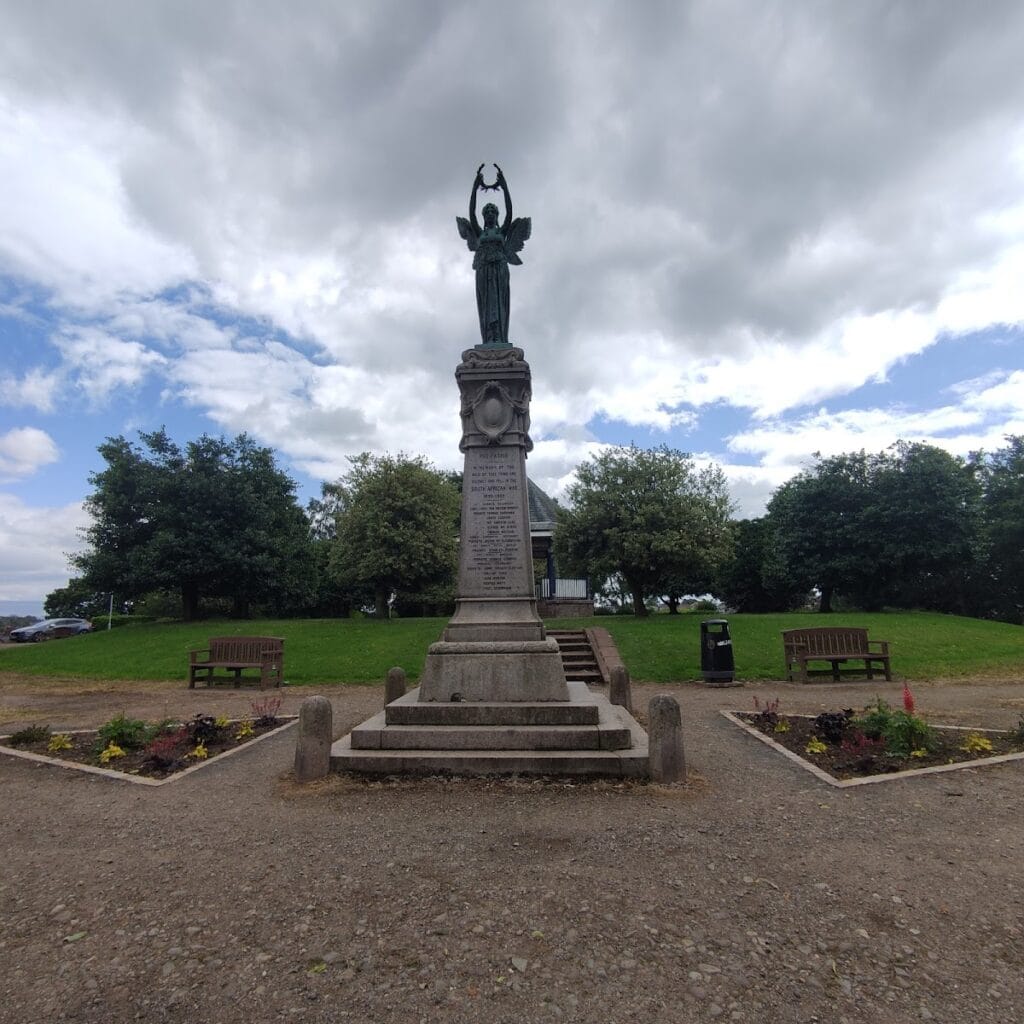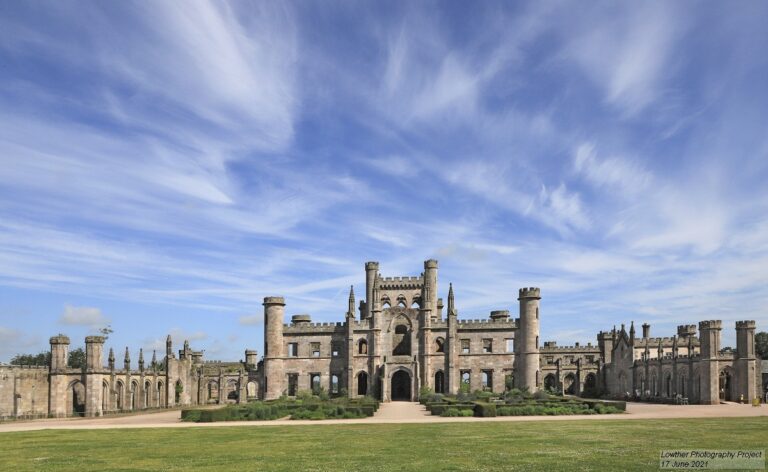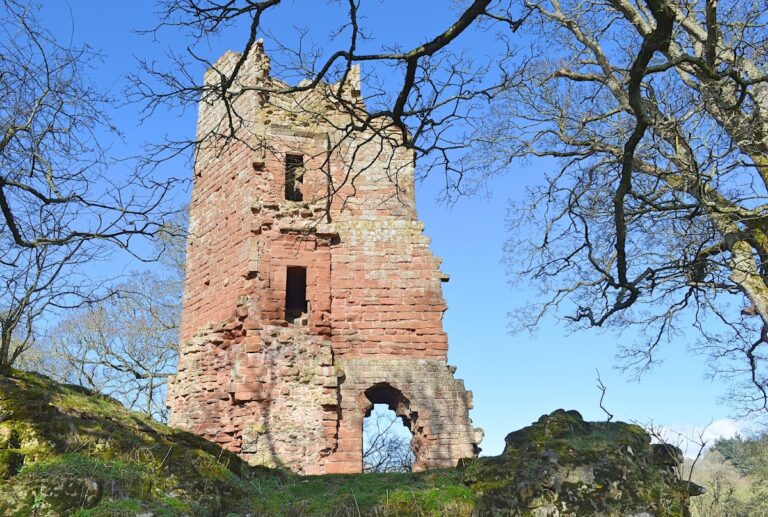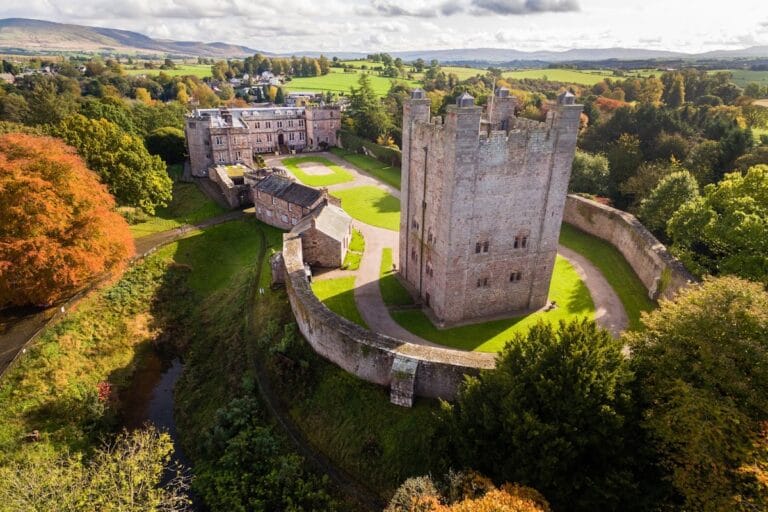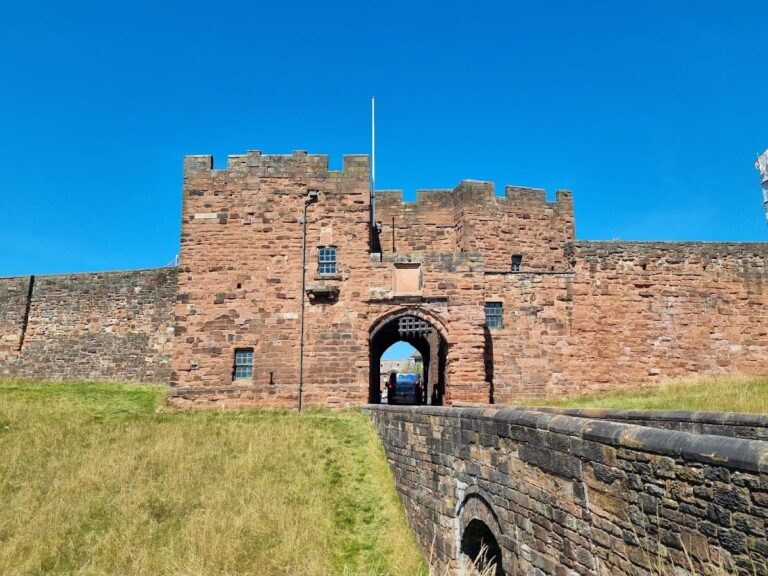Penrith Castle: A Medieval Fortress in England
Visitor Information
Google Rating: 4.3
Popularity: Low
Google Maps: View on Google Maps
Official Website: www.english-heritage.org.uk
Country: United Kingdom
Civilization: Medieval European
Remains: Military
History
Penrith Castle stands within the town of Penrith in England and was constructed during the medieval period by the English. Its origins lie in a strategic effort to defend the northern border of the realm against incursions from Scotland, situating the fortress as a key component in border security during the turbulent 14th and 15th centuries.
The establishment of the lordship of Penrith in 1397 coincided with the creation of the Earl of Westmorland’s title, marking the beginning of the castle’s significance as a seat of local power. While earlier accounts credited William Strickland, who later became Bishop of Carlisle, with building the castle, more recent research points to Richard Neville, the 5th Earl of Salisbury, as the probable architect. It remains uncertain whether Neville constructed the fortress from scratch or integrated earlier structures on the site. Documented evidence includes a potential building activity in 1412 and the 1413 approval of a tower by the Earl of Westmorland, indicating a phased development rather than a single building campaign.
Throughout the 15th century, Penrith Castle served as the main residence and administrative centre for the Neville family. Upon the death of Richard Neville, the 5th Earl of Salisbury, in 1460, the castle passed to his son, Richard Neville, the 16th Earl of Warwick, known as “the Kingmaker.” His death in 1471 without a male heir resulted in the castle and associated lordship reverting to the Crown. Shortly thereafter, King Edward IV granted the property to his brother, Richard, Duke of Gloucester, who actively used the castle as a base for military operations against Scottish forces. Richard held the office of sheriff of Cumberland for five years and was officially recorded in 1478 as residing at Penrith Castle.
After Richard’s death in 1485, the castle remained under royal ownership for two centuries. In 1696, King William III transferred the property to Hans Willem Bentinck, the 1st Earl of Portland. The estate later passed to the Dukes of Devonshire in 1787 before being sold to the Lancaster & Carlisle Railway Company, which constructed Penrith railway station immediately opposite the castle ruins. In the early 20th century, local authorities converted the grounds surrounding the ruins into a public park and developed nearby residential housing. Today, Penrith Castle is managed by English Heritage and holds the status of a Grade I listed building, recognizing its historical and cultural importance.
Remains
The ruins of Penrith Castle occupy a site in the western area of Penrith, strongly believed to have been built atop the remains of a Roman military camp. This underlying Roman site featured an irregular quadrilateral shape, suggesting that the medieval fortress’s layout may have been influenced by an earlier strategic military footprint.
While no grand architectural features survive intact, the remnants of Penrith Castle reveal considerable scale. The eastern face of the ruins exhibits projecting stone corbels, which originally supported an open corridor, implying a passage or walkway along the castle wall. Inside, several large vaulted chambers remain visible; these chambers are thought to have functioned as prison cells. The presence of such vaulted spaces indicates sophisticated stone masonry techniques intended to create secure and durable interiors.
The castle’s defensive walls, now broken at multiple points, retain window openings that offer varying views when observed from different angles. Following the English Civil War, the fortress was deliberately dismantled; some of the resulting building materials were removed and sold, contributing to the castle’s present fragmented condition. Positioned directly opposite the nearby railway station built in the 19th century, the ruins have been preserved as a historic monument by English Heritage, allowing visitors to appreciate the footprint of this once-active medieval stronghold.




